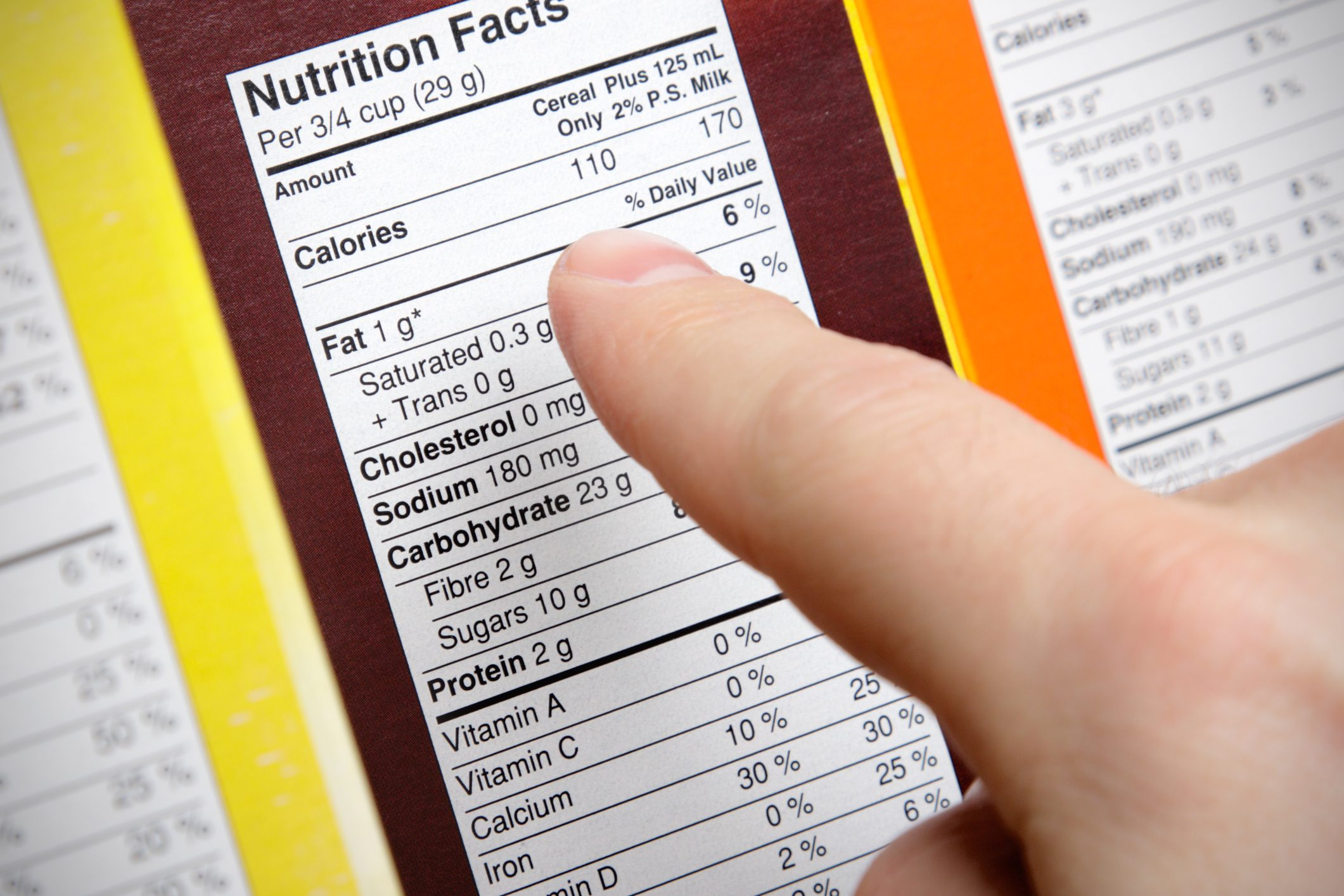7 Everyday Food Items And A Comprehensive Guide To Knowing When They Are Fresh
Indeed nothing beats using fresh foodstuff for cooking. The unappetizing sight of fungal growths or the nasty odor of rot is the most natural sign that will help you know when food isn't fresh. However, many other items don't have such clear signals. In this article, we have outlined seven everyday food items in the average pantry and how you can quickly tell if they are fresh.
;Resize,width=742;)

This short article contains tricks and tips that will help you skillfully identify staleness when it comes to food items like eggs whose freshness can't be easily ascertained.
1. Cheese

Stinkiness is not always the telltale sign of rot when it comes to cheese. It is not unappetizing, and some people even prefer to have it that way!
Indeed, the USDA says that the most significant sign of staleness in cheese is the sight of moldy growths. However, they share that for hard cheese, if you still have to eat it even though it's getting moldy, make sure you "cut off at least one inch around and below the mold spot before consuming."
On the other hand, creamy cheese that stinks and is moldy may be best thrown out! Whether your cheese is the hard or soft kind, the ultimate signs of decay include ammonia aromas and a rotting rind.
2. Oil

Yes, oils do go bad! One of the most common misconceptions people have when it comes to oil is that it never spoils. Experts say that when kept in poor conditions, oil can go rancid.
The process of oil getting rancid is a gradual one, and it is caused by a chemical reaction that causes the fat molecules in the oil to break down. Exposure to heat and light can speed up this process, so always ensure your oil is stored in a cold and dry place.
A mere whiff is enough to tell when oil is rancid; people say it smells like crayons. If you still can't determine the freshness this way, heat a small quantity of the oil in a pan. Any unappetizing odor emitted signals rancidity.
3. Eggs

The content of eggs is contained in shells which, whether dirty or clean, act as a protector. This shell, however, makes it hard to tell when the egg has gone rotten.
Thankfully, there are many methods that you can use to decipher the freshness of eggs. The most widely accepted is the float test, which requires you to put the eggs in a bowl of water. Eggs that stay submerged in the water are old but still safe for consumption while those that float are bad; throw them out!
4. Vinegar

To begin with, vinegar is a fermentation product which makes it very hard to decipher if it ever spoils. Experts say that vinegar is always safe for consumption because they contain a significant acidity that helps preserve them.
The slimy substance you may observe developing in yours is called "the mother," which signals that the vinegar is well-aged. There is nothing to worry about when you see this; it only makes the vinegar more potent!
5. Butter

Yes, butter goes bad. If pre-packaged, make sure to keep an eye on the expiry date. However, the most definitive methods to check for the rancidity of butter remain to check for discolorations, sour smell, and sour taste.
However, don't worry too much about the shelf life of your butter. When stored properly, butter should be fine for about half a year after the production date.
6. Flours

The distinctive signs of spoilage include moldy growths, vectors, spot discoloration, and unpleasant smell for any kind of flour.
7. Baking powder

Baking powder that has gone stale can be problematic during baking. So, make checking if it is still active, an essential activity before you use it.
For the test, pour 1/2 teaspoon of the baking powder in a bowl and pour 1/4 cup (60 ml) of boiling water over it. If active, the mixture will bubble up violently; if it doesn't, discard it.
There you have it; seven simple tricks to deciphering the freshness of everyday food items. Good luck!
;Resize,width=767;)

;Resize,width=712;)

